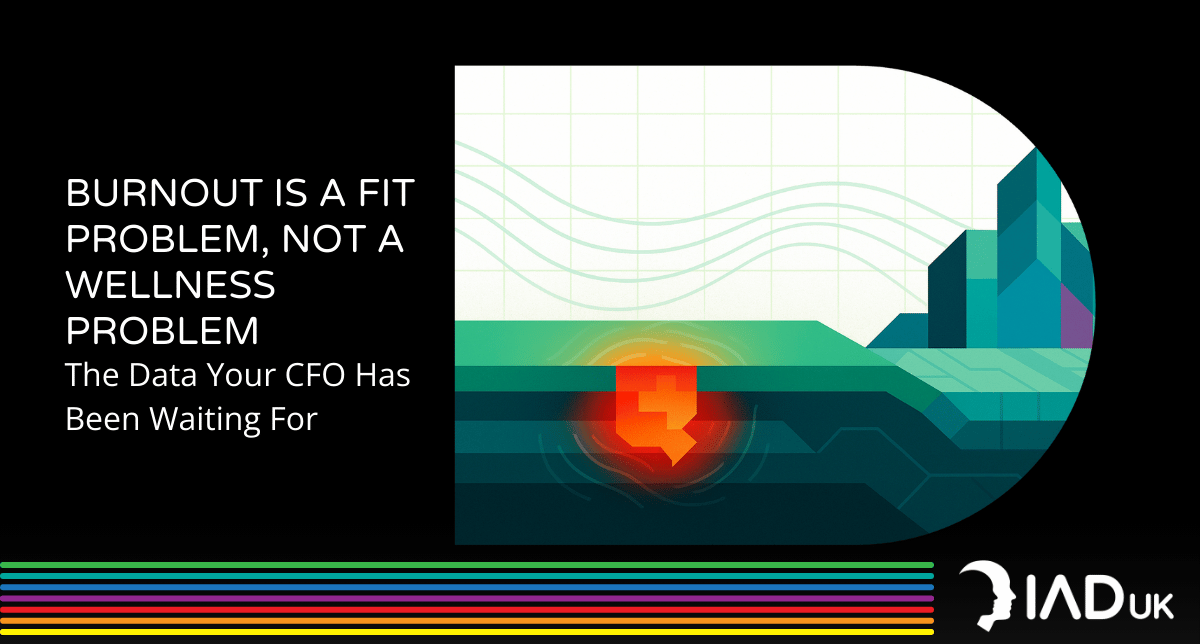Reimagining the Capability Maturity Framework for a BANI World
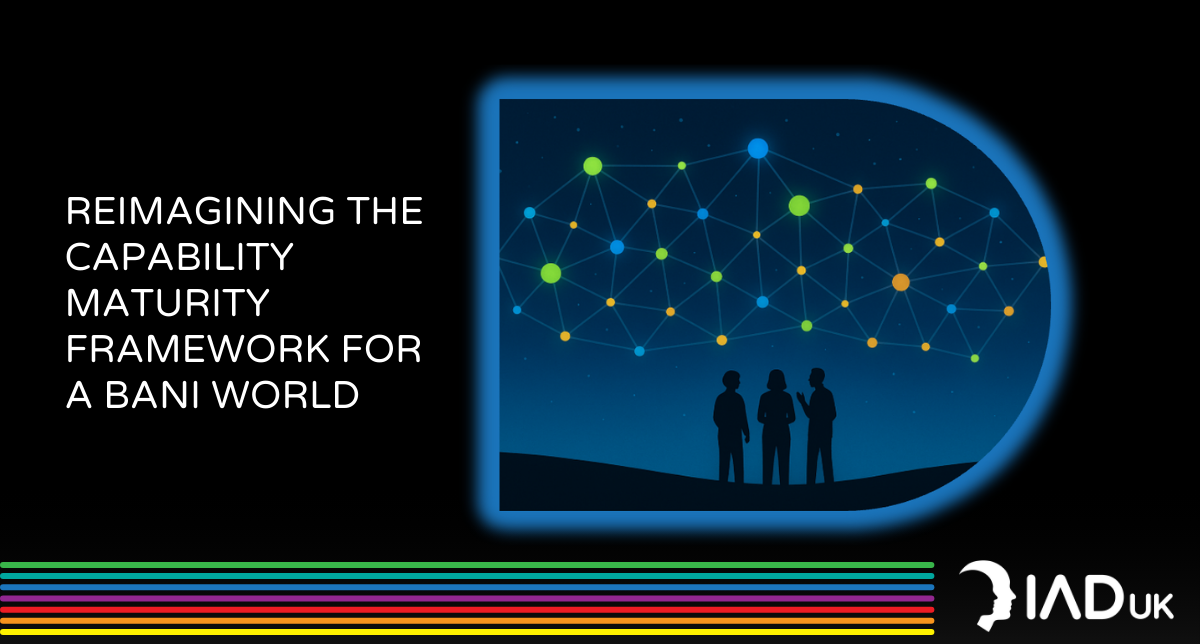
From Control to Renewal
For more than three decades, capability maturity frameworks have been the silent architecture of organisational life. They promised order where there was mess, predictability where there was chaos, and control where there was drift. They gave leaders the reassurance that progress could be measured in neat increments, one stage at a time, until a state of maturity was reached.
But the world those frameworks were built for no longer exists. Predictability has given way to brittleness. Control has been fractured by anxiety and complexity. Linearity has been swallowed up by the non-linear, and clarity has dissolved into what feels, more often than not, incomprehensible. We live in what has been called a BANI world: brittle, anxious, nonlinear, incomprehensible. And in such a world, maturity cannot be about the comfort of compliance. It must be about the capacity for renewal.
What if maturity were no longer defined by static processes and staged compliance, but instead by the living capacity of an organisation to reliably deliver outcomes while also renewing itself? What if maturity was not the destination but the rhythm of awareness, choice, and adaptation, repeating itself as the organisation encounters volatility and disruption?
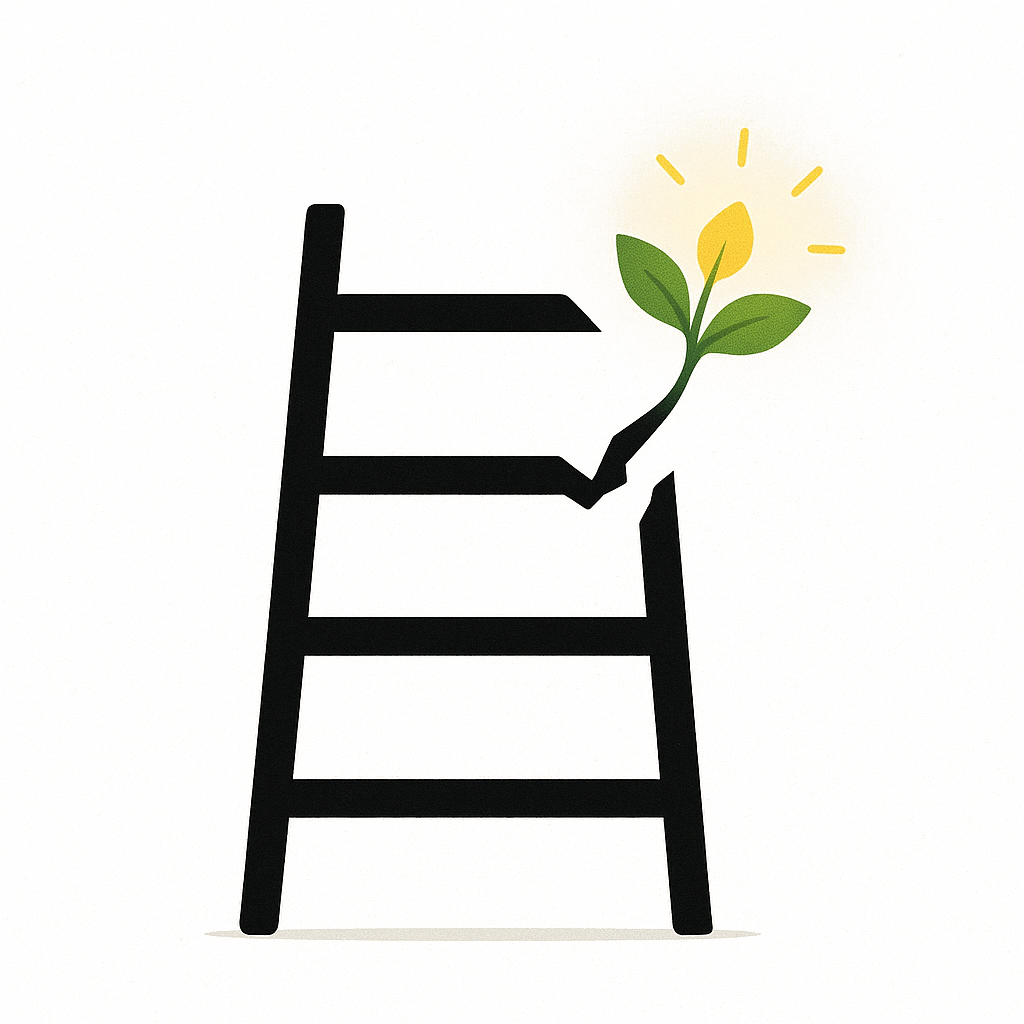
This is the heart of the reimagined Capability Maturity Framework. It is not another ladder to climb. It is a principle-based system for assessing how well an organisation can perform today and adapt tomorrow. It asks a different kind of question: not “how controlled are you?” but “how resiliently alive are you?”
The Limits of Traditional Maturity Models
The promise of maturity frameworks was always control. They told us that if we could codify processes, climb the stages, and measure ourselves against a model, we would achieve reliability. But the evidence is unkind to that story.
A recent systematic review concluded bluntly that most business process maturity models struggle with validity, overemphasise formalisation, and underplay the role of people and context (Smajli, Feldman & Cox, 2024). The very tools designed to give confidence often produce theatre rather than truth.
This is not surprising if we recall Adler and Borys’ (1996) distinction between coercive bureaucracy and enabling bureaucracy. Systems of control that coerce may enforce compliance, but they stifle initiative, degrade motivation, and can even reduce performance. Maturity frameworks too often fall on the coercive side: rule-bound, rigid, and blind to the lived complexity of work.

Edmondson’s research makes this visible. In her study of 51 work teams, she found that what mattered most for learning was not how confident the teams felt about succeeding, but whether they felt safe enough to take interpersonal risks: to admit errors, ask for help, or raise awkward questions (Edmondson, 1999). Psychological safety, not team efficacy, predicted whether teams actually engaged in the kinds of conversations that lead to improvement. Without that safety, people protect themselves instead of the system, and the flow of learning shuts down. Maturity that ignores this human condition is maturity in appearance only.
Debriefs provide another example. A meta-analysis of 46 samples showed that properly conducted debriefs can improve effectiveness by 20 to 25 percent (Tannenbaum & Cerasoli, 2013). Reflection and sense-making after action, not procedural maturity scores, drive actual improvements in reliability.
Conflict too is often mishandled. For years, maturity frameworks assumed that conflict, if noted at all, could be tolerated as “task conflict.” But the evidence is sobering. A meta-analysis by De Dreu and Weingart (2003) found that both relationship and task conflict were strongly and negatively related to team performance and satisfaction. Without intentional practices of constructive dissent, conflict corrodes rather than strengthens.
The problem of misfit runs even deeper. The Job Demands–Resources model shows that when environmental and role complexity outstrip capacity, the result is burnout and error (Demerouti, Nachreiner & Schaufeli, 2001). More recent studies confirm the pathway: role overload “triggers psychological strain, which undermines performance” unless buffered by supportive leadership (Tang & Vandenberghe, 2021). And the consequences extend beyond productivity. A systematic review and meta-analysis of healthcare studies found a clear link between high burnout and worsening patient safety outcomes (Garcia et al., 2019). When frameworks ignore human capacity, they compromise not just results, but lives.
And when we zoom out to the collective level, the limitations are clearer still. Research on collective intelligence has shown that group performance is not reliably predicted by average member IQ, but by factors such as social sensitivity and equal turn-taking (Woolley et al., 2010). Similarly, Hong and Page (2004) demonstrated that “groups of diverse problem solvers can outperform groups of high-ability problem solvers”. Yet most maturity models reduce the richness of diversity to a footnote, privileging uniformity over difference.
Taken together, these findings point to a paradox. Traditional maturity frameworks, built for predictability and control, overlook the very conditions that enable resilience. They mismeasure, they misdirect, and at times, they actively weaken the systems they are meant to strengthen. If reliability today and renewal tomorrow are our true aims, we must ask a harder question: what should maturity mean in a world defined by volatility?
The Reimagined Capability Maturity Framework
If the previous section exposed the cracks, this section is about the foundations we must build instead. A reimagined maturity framework cannot be another ladder of control, another illusion of predictability. It must be principle-based, rooted in what actually sustains performance and renewal under conditions of volatility.
Principles
1. Renewal through Dynamic Capabilities
Maturity must be defined not only as the ability to perform reliably today, but also to renew tomorrow. Teece describes dynamic capabilities as “the distinct skills, processes, procedures, organisational structures, decision rules, and disciplines” that undergird an enterprise’s capacity to sense opportunities and threats, seize them, and reconfigure resources to stay relevant (Teece, 2007. Eisenhardt and Martin (2000) reinforce that these are specific, identifiable processes - product development, strategic decision-making, alliances - not abstractions. This means maturity is not static efficiency, but active orchestration.
2. Contextual Value of Renewal
Research reminds us that dynamic capabilities are not a silver bullet. Schilke (2014) found their value follows an inverse U-shape: most advantageous in moderately dynamic environments, weaker when change is too low or too high. For a maturity model, this means we cannot prescribe renewal blindly. We must assess both reliability and adaptive capacity, recognising that different contexts call for different balances.
3. Principle-Based, Not Stage-Based
If old frameworks faltered in part because they imposed rigid stages, the new must be designed differently. Pöppelbuß and Röglinger (2011) argue that useful maturity models require parsimony, transparency, and relevance. Mettler (2011) echoes this, warning that many models create “falsified certainty” and excessive bureaucracy unless grounded in sound design principles. The reimagined framework must therefore be principle-based, offering a diagnostic lens rather than a prescriptive ladder.
4. Reliability through Mindful Organising
If compliance is not enough, what sustains reliability? Research on high-reliability organisations points to behaviours that enact a “culture of safety”: collective attentiveness, preoccupation with failure, deference to expertise. Vogus and Sutcliffe (2007) validated the Safety Organizing Scale, showing that such behaviours correlated with fewer medication errors and patient falls. A reimagined framework must therefore measure the presence of mindful organising, not simply process documentation.
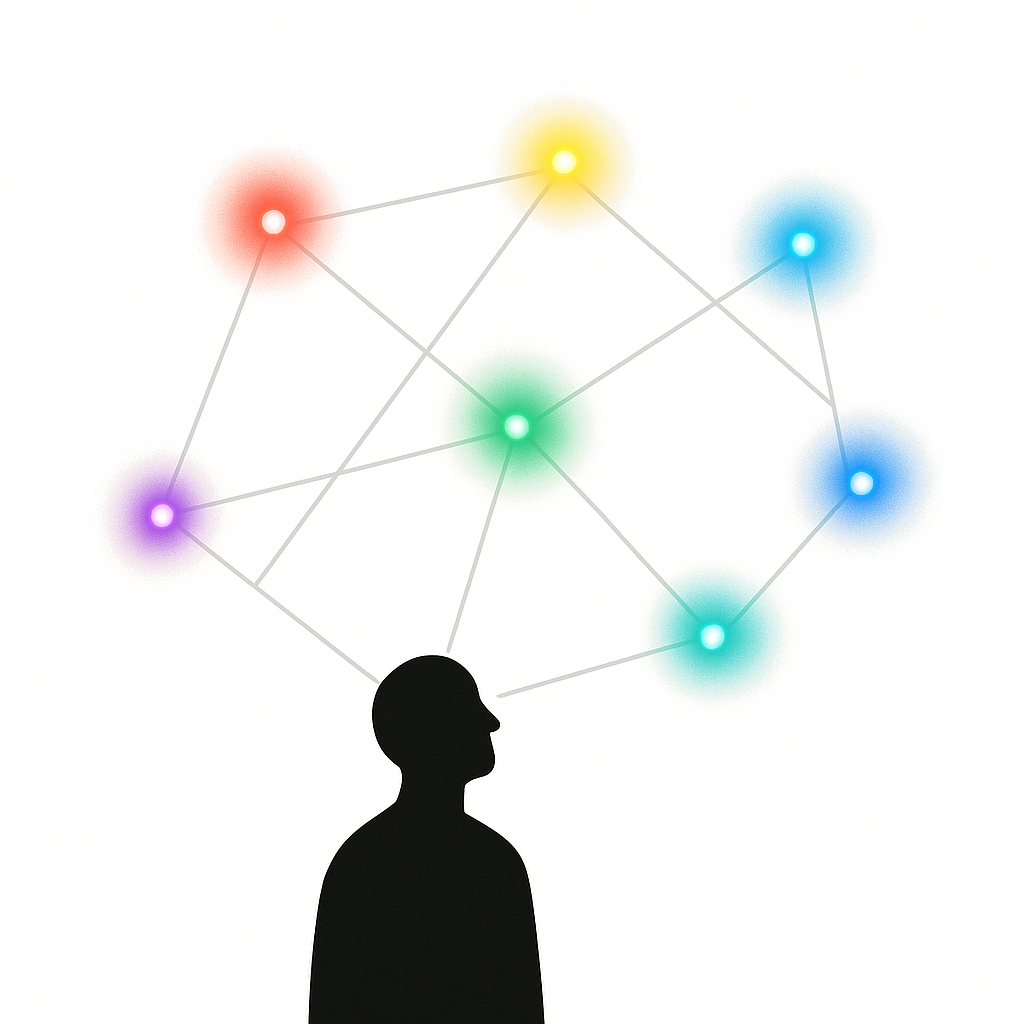
5. Requisite Variety and Collective Intelligence
Ashby’s Law of Requisite Variety (1956) remains vital: only variety can absorb variety. An organisation facing complexity must amplify its internal variety of perspectives, not suppress them. Hong and Page (2004) formalised this insight, showing that groups of diverse problem solvers can outperform groups of uniformly high-ability individuals. Woolley et al. (2010) found that collective intelligence depends less on individual IQ and more on social sensitivity and equal participation. If old models privileged uniformity, the new must value diversity and collective capability as core to maturity.
Core Design Features
Dual-Track Structure:
Structural and Developmental Maturity has two interdependent faces. The structural face is what is visible and codified: processes, roles, controls. The developmental face is the living capacity that animates them: awareness, choice, adaptation. Research shows that systems emphasising control without capability become coercive and brittle (Adler & Borys, 1996). Psychological safety predicts the learning behaviours that make reliability real in teams (Edmondson, 1999). High-reliability behaviours reduce harm in practice (Vogus & Sutcliffe, 2007). At the enterprise level, dynamic capabilities describe the microfoundations of renewal (Teece, 2007; Eisenhardt & Martin, 2000; Teece, Pisano & Shuen, 1997).
Triangulation of Evidence:
Artefacts, behaviours, outcomes, narratives
Single-channel assessments are easy to game and prone to bias. The fix is triangulation: reading documents and data, observing behaviours under pressure, and linking both to outcomes. Mettler (2011) warns that many models create “falsified certainty” unless grounded in robust design. Behavioural indicators matter: debriefs improve performance by up to 25% (Tannenbaum & Cerasoli, 2013), and safety-organising behaviours correlate with fewer errors (Vogus & Sutcliffe, 2007). Narratives add the missing dimension of context, mitigating surrogation risk identified in reviews (Smajli, Feldman & Cox, 2024).

Continuous Scale (1–100):
No rigid stages; allow plateaus, regression, non-linear movement Capabilities evolve, stall, and sometimes step back. A continuous scale reflects that reality. Dynamic capabilities vary with context and evolve through learning, routine-like in moderate change and more experiential in high-velocity markets (Eisenhardt & Martin, 2000). Their contribution is contingent, strongest at intermediate levels of environmental dynamism (Schilke, 2014). A staged ladder contradicts this evidence. Continuous scoring makes regression and plateau useful signals rather than audit failures.
Stress-Testing and Anti-Gaming:
Resilience under disruption; avoid maturity theatre
If a system is only assessed at rest, we measure posture, not resilience. We stress-test through simulated disruption, observing recovery and decision quality. This aligns with renewal logic in dynamic capabilities (Teece, 2007) and with Ashby’s Law of Requisite Variety: only variety can absorb variety (Ashby, 1956). Anti-gaming is achieved through triangulation and behavioural-outcome checks, addressing validity risks in maturity models (Mettler, 2011).
Exit Criteria:
Clarity on what must be demonstrated before progress is valid We replace vague “level up” judgments with explicit exit criteria combining structural, developmental, and outcome evidence. Design science calls for transparency and parsimony (Pöppelbuß & Röglinger, 2011). Dynamic capabilities research specifies the routines and processes to look for at higher bands (Eisenhardt & Martin, 2000). Behavioural anchors include safety-organising behaviours (Vogus & Sutcliffe, 2007) and learning rituals such as debriefs (Tannenbaum & Cerasoli, 2013). Exit criteria make advancement replicable without collapsing into box-ticking.
Framing Shift
The question changes from “how compliant are you” to “how reliably do you perform, and how adaptively can you renew?” That shift integrates reliability and renewal, across people and process, in calm and in storm. It makes requisite diversity a feature, not a threat. Groups of diverse problem solvers outperform groups of uniform high-ability individuals (Hong & Page, 2004), and collective intelligence depends on sensitivity and equitable participation (Woolley et al., 2010). Maturity that values internal variety is better equipped to meet external variety.
How This Model Enables Renewal and Resilience
The power of this framework is not in its elegance on paper but in what it enables in practice. A principle-based, adaptive design allows us to move beyond compliance theatre and towards genuine resilience.
First, it acknowledges that capabilities evolve dynamically. They are not linear progressions but living patterns that grow, plateau, regress, and recombine as circumstances shift. A continuous scale captures that movement and turns it into intelligence. Instead of penalising teams for not “holding” a level, we can ask: what does this plateau or regression reveal about the current environment, and what adjustments are now possible?
Second, it insists that capabilities must be stress-tested in real contexts. A maturity score at rest is nothing more than posture. By simulating disruption, by pulling at the seams, we discover whether the system can recover, reconfigure, and continue to deliver. This is where Ashby’s Law of Requisite Variety finds its lived expression: only by exercising diversity and adaptability under pressure do we know whether the organisation can truly meet the variety of challenges it faces.
Third, it recognises that capability is not only structural but developmental. Processes and artefacts are necessary but not sufficient. Real reliability depends on psychological safety, on the presence of mindful organising behaviours, on leaders and teams willing to surface errors and learn from them. Renewal depends on dynamic capabilities: the ability to sense, seize, and transform in time. Without these developmental conditions, structural maturity collapses into fragility.
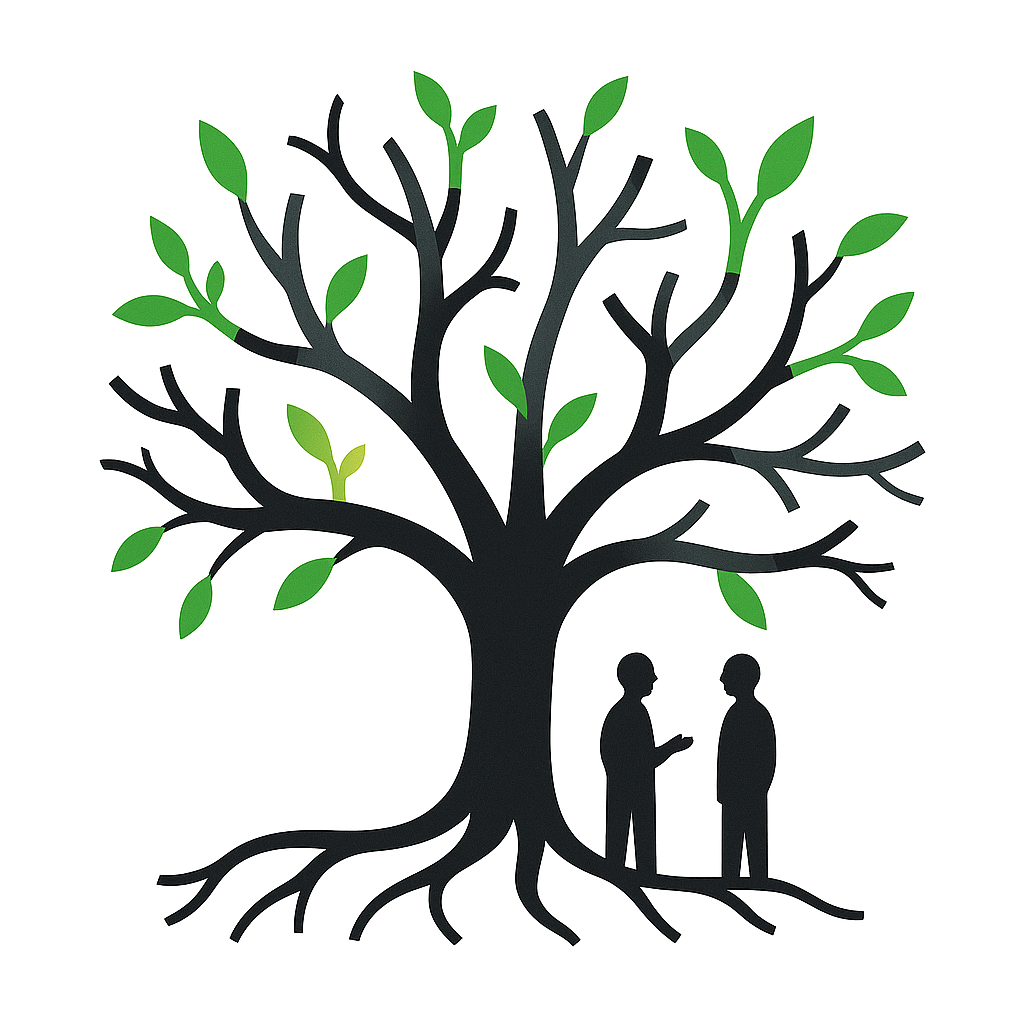
Taken together, these design choices build organisations that can perform and renew simultaneously. They deliver today while preparing for tomorrow. They resist the temptation to treat maturity as an end-state, holding it instead as an ongoing rhythm of awareness, choice, and adaptation. In this way, maturity becomes less about what the organisation has achieved and more about what it can continue to become, no matter how volatile the world around it.
Human-Centred Maturity in Action
If the reimagined framework offers us the architecture, Constructed Development Theory and the Dynamic Intelligence Development System bring the living interior. They answer the question: how do we grow the developmental face of maturity, not just the structural?
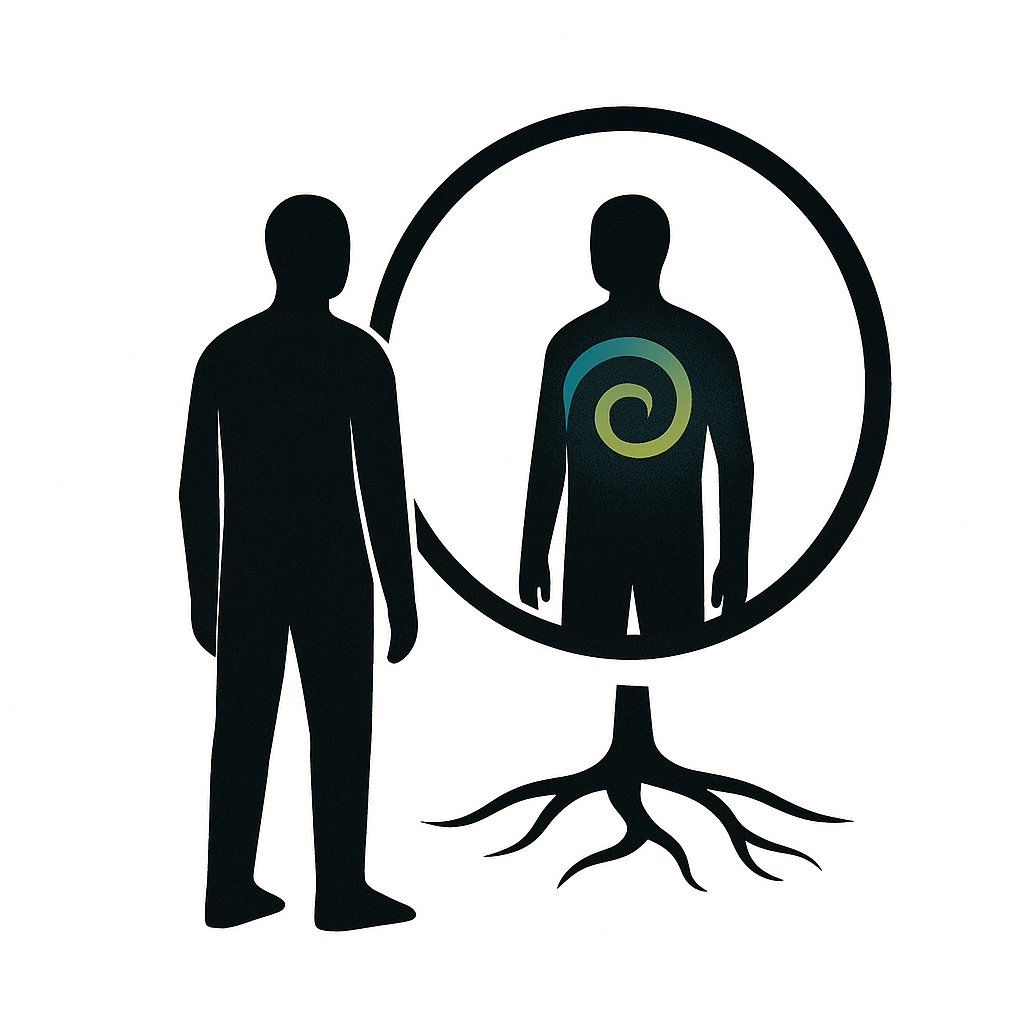
Constructed Development Theory (CDT) begins with a simple but profound observation: behaviour is shaped by the way we construct our experience of the world. At any moment, our choices are framed by our Cognitive Intentions: the hidden biases of thought that tilt us toward certainty or ambiguity, control or care, self or system. Development occurs when we become aware of these constructions and learn to act with greater discernment. In other words, growth is not only about doing more, but about seeing differently.
The Dynamic Intelligence Development System (DIDS) makes this practical. It develops what we call Dynamic Intelligence: the ability to hold complexity, to navigate competing intentions, and to adapt without losing coherence. Where traditional maturity frameworks assumed stability could be engineered from the outside, DIDS cultivates the capacity to create stability from the inside. It is a system for developing awareness, choice, and adaptation: the very rhythms that define maturity in a BANI world.
IAD UK has translated these principles into practical tools that operationalise the reimagined Capability Maturity Framework:
- Complexity Gap Diagnostic (CGD) identifies whether the cognitive complexity of individuals matches the complexity of their roles. Misfit here is a recipe for burnout, error, and disengagement; alignment is the foundation for sustainable performance.
- Leadership Friction Diagnostic (LFD) surfaces the hidden misalignments in leadership teams — the places where unspoken conflict or unbalanced intentions erode trust and reliability. Making these visible allows them to be worked with, not around.
- Next Level Coaching (NLC) focuses development at the individual level, deepening awareness and extending Dynamic Intelligence so that leaders and professionals can adapt more fluidly.
- Consciously Constructing Culture (CCC) embeds these developmental practices into the organisation’s fabric, making renewal not an initiative but a cultural rhythm.
Together, CDT and DIDS give the reimagined maturity framework its human core. They ensure that capability is not only measured in artefacts and processes but grown in people and culture. They make maturity less about compliance and more about consciousness; less about what is controlled, more about what is possible.
From Maturity to Transformation
To reimagine maturity is already to move beyond it. The word itself suggests an end-point, a stage reached, a destination arrived at. But the truth, as every living system shows us, is that there is no final stage. There is only the ongoing rhythm of growth, decay, renewal, and becoming.
This is why the reimagined Capability Maturity Framework is not simply another model. It is a way of seeing maturity as a practice of renewal. It holds reliability and resilience together: the ability to deliver today and the capacity to adapt tomorrow. It treats plateau, regression, and recombination not as failure but as signs of life. It refuses to reduce maturity to compliance, choosing instead to measure the presence of awareness, choice, and adaptation.
Here it aligns deeply with the vision of transformation we carry. As I have written elsewhere, “development is not a programme; it is an ethos. It is not delivered to others but cultivated in concert with them”. This is the quiet revolution: moving from controlling systems to cultivating adaptive organisations, from performative certainty to lived complexity, from growth as extraction to growth as depth.

To hold maturity in this way is to dignify organisations as living, human systems. It is to remember that culture is not a checklist but a consciousness, that resilience is not stored in processes but practiced in relationships, that renewal is not a strategy but a rhythm.
The reimagined framework is therefore more than an assessment tool. It is an invitation to see maturity not as a static achievement, but as an ongoing orientation: a way of being in the world that prepares us to meet volatility with clarity, disruption with discernment, and uncertainty with care.
The question before us is simple, but it is not easy. How mature is your organisation? Mature by the old definition, with its ladders and checklists, or mature by the reimagined one, with its capacity for reliability and renewal?

If your maturity is measured only in compliance, then you may look strong while remaining fragile. But if your maturity is measured in your ability to deliver today while preparing for tomorrow, then you are already walking a different path, one that leads to resilience, renewal, and deeper possibility.
There are ways to begin. You might start with a diagnostic: the Complexity Gap Diagnostic to reveal whether people’s thinking complexity matches the demands of their roles, or the Leadership Friction Diagnostic to surface hidden tensions in leadership teams. You might pilot new practices of reflection and learning, using tools such as structured debriefs or coaching conversations. You might choose to work with us to begin Consciously Constructing Culture, embedding renewal as a rhythm rather than an initiative.
The important thing is to start. To see maturity not as a box to be ticked, but as a practice to be lived. To move from control to renewal, from performance theatre to resilient aliveness.
At IAD UK, this is the work we are committed to. Not delivering programmes but cultivating ethos. Not promising certainty but inviting growth. If you are ready to reimagine maturity in your own organisation, we would be honoured to walk that path with you.
Book a complementary call with us to discuss how we can help your organisation to develop dynamic, renewable, human centric capabilities.
Alternatively, why not download your complementary copy of our new book:
An Introduction to the Dynamic Intelligence Development System™
References:
- Adler, Paul & Borys, Bryan. (1996). Two Types of Bureaucracy: Enabling and Coercive. Administrative Science Quarterly. 41. 10.2307/2393986.
- Ashby W. R. (1956), An Introduction to Cybernetics, Chapman & Hall Ltd
- De Dreu, Carsten & Weingart, Laurie. (2003). Task Versus Relationship Conflict, Team Performance, and Team Member Satisfaction: A Meta-Analysis. The Journal of applied psychology. 88. 741-9. 10.1037/0021-9010.88.4.741.
- Demerouti, Evangelia & Nachreiner, Friedhelm & Schaufeli, Wilmar. (2001). The Job Demands–Resources Model of Burnout. Journal of Applied Psychology. 86. 499-512. 10.1037/0021-9010.86.3.499.
- Edmondson, Amy. “Psychological Safety and Learning Behavior in Work Teams.” Administrative Science Quarterly 44, no. 2 (1999): 350–83. https://doi.org/10.2307/2666999.
- Eisenhardt, K. M., & Martin, J. A. (2000). Dynamic Capabilities: What Are They? Strategic Management Journal, 21(10/11), 1105–1121. http://www.jstor.org/stable/3094429
- Garcia CL, Abreu LC, Ramos JLS, Castro CFD, Smiderle FRN, Santos JAD, Bezerra IMP. Influence of Burnout on Patient Safety: Systematic Review and Meta-Analysis. Medicina (Kaunas). 2019 Aug 30;55(9):553. doi: 10.3390/medicina55090553. PMID: 31480365; PMCID: PMC6780563.
- Hong L, Page SE. Groups of diverse problem solvers can outperform groups of high-ability problem solvers. Proc Natl Acad Sci U S A. 2004 Nov 16;101(46):16385-9. doi: 10.1073/pnas.0403723101. Epub 2004 Nov 8. PMID: 15534225; PMCID: PMC528939.
- Mettler, T. (2011), ‘Maturity assessment models: a design science research approach’, Int. J., Society Systems Science, Vol. 3, Nos. 1/2, pp.81-98.
- Poeppelbuss, Jens & Roeglinger, Maximilian. (2011). What makes a useful maturity model? A framework of general design principles for maturity models and its demonstration in business process management. 19th European Conference on Information Systems, ECIS 2011.
- Schilke, Oliver. (2014). On the contingent value of dynamic capabilities for competitive advantage: The nonlinear moderating effect of environmental dynamism. Strategic Management Journal. 35. 179-203. 10.1002/smj.2099.
- Smajli, E., Feldman, G. and Cox, S. (2024) ‘Exploring the Limitations of Business Process Maturity Models: A Systematic Literature Review’, Information Systems Management, 42(1), pp. 2–21. doi: 10.1080/10580530.2024.2332210.
- Tannenbaum, Scott & Cerasoli, Christopher. (2013). Do Team and Individual Debriefs Enhance Performance? A Meta-Analysis. Human factors. 55. 231-45. 10.1177/0018720812448394.
- Tang Wei-Gang , Vandenberghe Christian (2021), Role Overload and Work Performance: The Role of Psychological Strain and Leader–Member Exchange, Frontiers in Psychology Volume 12 - 2021, 10.3389/fpsyg.2021.691207
- Teece, D. J., Pisano, G., & Shuen, A. (1997). Dynamic Capabilities and Strategic Management. Strategic Management Journal, 18(7), 509–533. http://www.jstor.org/stable/3088148
- Teece, D.J. (2007), Explicating dynamic capabilities: the nature and microfoundations of (sustainable) enterprise performance. Strat. Mgmt. J., 28: 1319-1350. https://doi.org/10.1002/smj.640
- Vogus TJ, Sutcliffe KM. The Safety Organizing Scale: development and validation of a behavioral measure of safety culture in hospital nursing units. Med Care. 2007 Jan;45(1):46-54. doi: 10.1097/01.mlr.0000244635.61178.7a. PMID: 17279020.
- Woolley A. W. et al., Evidence for a Collective Intelligence Factor in the Performance of Human Groups.Science330,686-688(2010).DOI:10.1126/science.1193147


